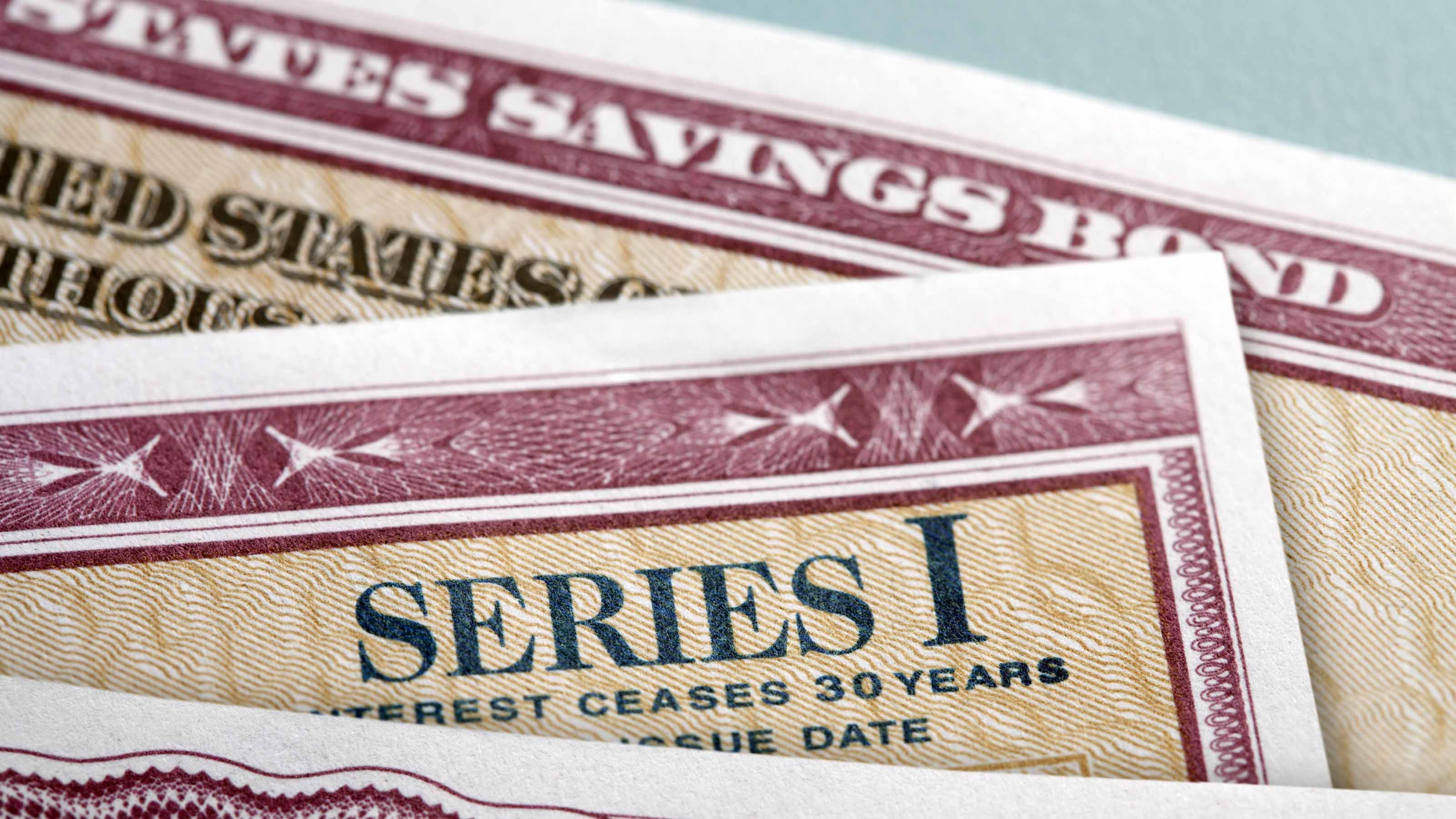Reminder: Estimated Tax Payments Are Due Soon
Here’s what you need to know about paying quarterly estimated taxes and avoiding penalties.


The upcoming 2024 estimated tax payments deadline is September 15 for most taxpayers who make quarterly payments. However, millions of taxpayers have extended IRS deadlines for some 2024 estimated tax payments (due to severe weather impacts). But if you don't live in a designated area of one of those states, your quarterly estimated tax payment is due next week.
Here's what else you need to know.
- If you don't have taxes automatically deducted from a regular paycheck due to being self-employed or retired, for example, you may need to make estimated tax payments.
- The reason why is that in the U.S., we have a pay-as-you-go system for taxes.
That means the IRS requires you to pay taxes as you earn your income. While most people think of paying taxes only as part of their annual federal tax return, there are actually two ways to pay as you go. You can either have taxes withheld from your paycheck, pension, or Social Security, or you can make quarterly estimated tax payments throughout the year.
From just $107.88 $24.99 for Kiplinger Personal Finance
Become a smarter, better informed investor. Subscribe from just $107.88 $24.99, plus get up to 4 Special Issues

Sign up for Kiplinger’s Free Newsletters
Profit and prosper with the best of expert advice on investing, taxes, retirement, personal finance and more - straight to your e-mail.
Profit and prosper with the best of expert advice - straight to your e-mail.
Why does it matter? Failing to pay enough tax through withholding or estimated payments, or missing the estimated payment deadline, can ultimately result in IRS penalties. So, here are four things to know that might help.
#1. Who must make estimated tax payments
If you own a business, you generally need to make estimated tax payments. Those payments can also cover self-employment and alternative minimum tax. Special rules apply to fishers, farmers, and some taxpayers with higher incomes. There are also special estimated tax payment rules for recent retirees and individuals with disabilities.
If you are a partner, shareholder, or an individual with an expected tax liability of $1,000 or more when you file your tax return, the IRS requires you to make estimated tax payments. For corporations, the threshold is $500 or more. For more information, please refer to IRS Form 1120-W.
The IRS has an online interactive tax assistant that can help you determine if you need to make estimated tax payments. You can also use the IRS worksheet in Form 1040-ES, Estimated Tax for Individuals, to get more details.
Additionally, there are reasons why you might consider making estimated tax payments. For example:
- Not enough tax is withheld from your salary or pension. (You can estimate and adjust your withholdings to help prevent this from happening.)
- You received interest, dividend, alimony, or self-employment income.
- You received prizes, awards, or unexpected capital gains.
#2. When estimated tax payments are due
The first estimated tax payment for 2024 was due on April 15, 2024. (That was Tax Day.) However, there were some IRS extensions to that and other estimated tax deadlines for people in several states directly impacted by severe storms.
Some recent states include Florida due to Idalia, Hawaii due to wildfires, and South Carolina due to Idalia. If you were directly impacted by a disaster in those states, double-check to see when your tax payments are due.
But for most people without extended deadlines, the April 15, 2024, payment was for taxes due Jan. 1 through March 31, 2024. The payment that was due June 15 covers the period from April 1 through May 31, 2024. The payment due September 15 covers the period from June 1 through August 31, 2024.
#3. How much estimated tax you pay
If you are unsure about the amount you might need to pay for your estimated tax, it can help to follow a simple rule of thumb. Take your previous year's tax liability and divide it by four. Alternatively, you can use Form 1040-ES to calculate your estimated tax payments. This calculation considers several factors such as your projected adjusted gross income, taxable income, deductions, credits, and more for the current year.
What about paying estimated taxes? There are several ways to pay your estimated taxes, including by check and money order. But the IRS says the easiest way to pay is to make an electronic payment online through your IRS account or IRS DirectPay.
You can use a debit or credit card, or digital wallet depending on your chosen payment option. But note that corporations are required to use electronic funds transfers for their estimated tax payments.
#4. How underpayment penalties and waivers work
- If you don't pay your estimated taxes, you could end up owing more money when you file your tax return next year.
- Additionally, the IRS may impose a penalty on the amount you underpaid.
However, you may be able to avoid an underpayment penalty if you owe less than $1,000 or by paying most of your taxes during the year. You might also qualify for a penalty waiver if you meet certain requirements. For instance, your underpayment penalty might be waived if you are a victim of a major disaster or casualty, over 62 years old and disabled, or can show that your underpayment was due to reasonable cause.
Related Content
Profit and prosper with the best of Kiplinger's advice on investing, taxes, retirement, personal finance and much more. Delivered daily. Enter your email in the box and click Sign Me Up.

Kelley R. Taylor is the senior tax editor at Kiplinger.com, where she breaks down federal and state tax rules and news to help readers navigate their finances with confidence. A corporate attorney and business journalist with more than 20 years of experience, Kelley has covered issues ranging from partnerships, carried interest, compensation and benefits, and tax‑exempt organizations to RMDs, capital gains taxes, and income tax brackets. Her award‑winning work has been featured in numerous national and specialty publications.
-
 Stocks Extend Losing Streak After Fed Minutes: Stock Market Today
Stocks Extend Losing Streak After Fed Minutes: Stock Market TodayThe Santa Claus Rally is officially at risk after the S&P 500's third straight loss.
-
 What Bilt Cardholders Need to Know as Wells Fargo Exits the Program
What Bilt Cardholders Need to Know as Wells Fargo Exits the ProgramA major shake-up in the Bilt Rewards program could affect your credit card, rent rewards and points strategy heading into 2026.
-
 3 Major Changes to the Charitable Deduction in 2026
3 Major Changes to the Charitable Deduction in 2026Tax Breaks About 144 million Americans might qualify for the 2026 universal charity deduction, while high earners face new IRS limits. Here's what to know.
-
 3 Major Changes to the Charitable Deduction in 2026
3 Major Changes to the Charitable Deduction in 2026Tax Breaks About 144 million Americans might qualify for the 2026 universal charity deduction, while high earners face new IRS limits. Here's what to know.
-
 Retirees in These 7 States Could Pay Less Property Taxes Next Year
Retirees in These 7 States Could Pay Less Property Taxes Next YearState Taxes Retirement property tax bills could be up to 65% cheaper for some older adults in 2026. Do you qualify?
-
 Estate Tax Quiz: Can You Pass the Test on the 40% Federal Rate?
Estate Tax Quiz: Can You Pass the Test on the 40% Federal Rate?Quiz How well do you know the new 2026 IRS rules for wealth transfer and the specific tax brackets that affect your heirs? Let's find out!
-
 5 Types of Gifts the IRS Won’t Tax: Even If They’re Big
5 Types of Gifts the IRS Won’t Tax: Even If They’re BigGift Tax Several categories of gifts don’t count toward annual gift tax limits. Here's what you need to know.
-
 The 'Scrooge' Strategy: How to Turn Your Old Junk Into a Tax Deduction
The 'Scrooge' Strategy: How to Turn Your Old Junk Into a Tax DeductionTax Deductions We break down the IRS rules for non-cash charitable contributions. Plus, here's a handy checklist before you donate to charity this year.
-
 Are You Middle-Class? Here's the Most Tax-Friendly State for Your Family
Are You Middle-Class? Here's the Most Tax-Friendly State for Your FamilyTax Tips We found the state with no income tax, low property tax bills and exemptions on groceries and medicine.
-
 Social Security Benefits Quiz : Do You Know the IRS Tax Rules?
Social Security Benefits Quiz : Do You Know the IRS Tax Rules?Quiz Social Security benefits often come with confusing IRS tax rules that can trip up financially savvy retirees and near-retirees.
-
 How Are I Bonds Taxed? 8 Common Situations to Know
How Are I Bonds Taxed? 8 Common Situations to KnowBonds Series I U.S. savings bonds are a popular investment, but the federal income tax consequences are anything but straightforward.